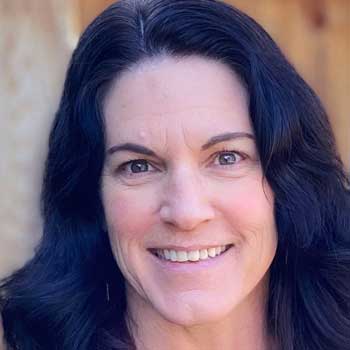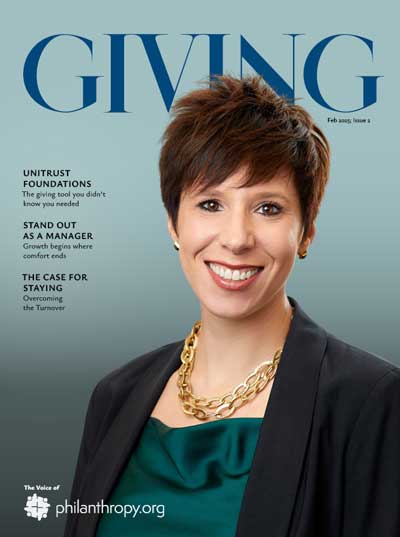Why the Organizations Built To Withstand Disruption Don’t Just Survive, They Evolve Into Something Stronger
A few years ago, a small organization in Illinois achieved what many believed impossible: a 68 percent reduction in shootings in its community. The Trauma & Resilience Initiative didn’t just move the needle; it rewrote what was possible. Yet, when federal funding expired, the organization faced closure.
This is the paradox of our sector: Nonprofits can deliver extraordinary impact and still stand on fragile ground. Because in the nonprofit world, success alone is not a shield. But for every organization brought to its knees by disruption, others emerge stronger, not in spite of crises, but because of them.
Fragility Is a Design Choice
Fragility in the nonprofit sector isn’t accidental; it’s systemic. Boards avoid conflict in favor of “harmony.” Leaders defer infrastructure investments because most funding streams won’t cover them. Funders reward need over preparedness, unintentionally disincentivizing resilience.
This creates what I call engineered fragility: organizations designed to get through this year but structurally unprepared for the next.
COVID-19 made this visible. Some nonprofits froze, furloughed, or folded. Others treated the crisis as a proving ground, evolving in ways that positioned them for the long game.
Antifragility in Action
Direct Relief offers one of the clearest examples. Once a modest warehouse operation, it has grown into a global logistics powerhouse delivering medicine and supplies to over 100 countries. Their strength wasn’t luck, it was built. Direct Relief invested early in resilient infrastructure: solar-powered facilities, advanced supply chain systems, and diversified funding streams that allowed them to adapt quickly when disaster struck.
Similarly, SBP (St. Bernard Project), born out of Hurricane Katrina, turned chaos into a playbook. By embedding Toyota’s process-improvement methods, training AmeriCorps members, and standardizing workflows, SBP transformed disaster response from reactive heroics into repeatable, scalable systems.
These organizations didn’t just recover from crises; they metabolized disruption into strategy.
The DNA of Antifragile Nonprofits
The strongest nonprofits share certain traits:
-
- Boards that embrace dissent. They welcome difficult questions about reserves, succession, and mission drift instead of burying them.
-
- Mission-anchored cultures. Staff adapt more easily when they protect the “why,” not the “way it’s always been done.”
-
- Resilience infrastructure. Multi-year funding agreements, operational reserves, and earned income streams give organizations room to maneuver.
-
- Scenario-driven strategy. The best nonprofits treat “what if” as a discipline. They run drills, model contingencies, and turn uncertainty into foresight.
And behind all of these lies one critical factor: strategic planning.
Planning as a Catalyst
Antifragility is not an accident, it is designed. A living, intentional strategic plan provides the scaffolding nonprofits need to turn crises into catalysts.
-
- Discovery and assessment ground organizations in reality, surfacing hidden weaknesses before they become breaking points.
-
- Visioning and environmental scans create alignment between internal priorities and external realities.
-
- Strategy development translates that vision into measurable objectives and resource requirements.
-
- Implementation planning transforms ambition into a clear, step-by-step roadmap that boards, staff, and funders can act on.
-
- Ongoing evaluation ensures plans evolve alongside the world around them.
Without this kind of deliberate planning, organizations drift from crisis to crisis. With it, they learn to bend without breaking.
A Challenge to Funders
But strategic planning, and the antifragility it creates, cannot be left to nonprofit leaders alone. Funders must stop treating crisis-driven heroics as a badge of honor and start rewarding preparation.
-
- Operational reserves should be celebrated, not penalized.
-
- Unrestricted, multi-year funding should be the default, not the exception.
-
- Scenario planning and risk mitigation should be viewed as essential markers of organizational maturity.
When funders underwrite infrastructure and foresight, they don’t just back programs, they invest in organizations built to endure.
Crises as Catalysts
The nonprofit sector does not need fewer crises. It needs better-designed organizations.
Because in the right conditions, crises are not the end of a story; they are the forge. They strip away what is brittle and temper what is strong.
The question is no longer whether the next disruption will come. It will. The question is:
When it does, will it break your organization, or will it build it?







